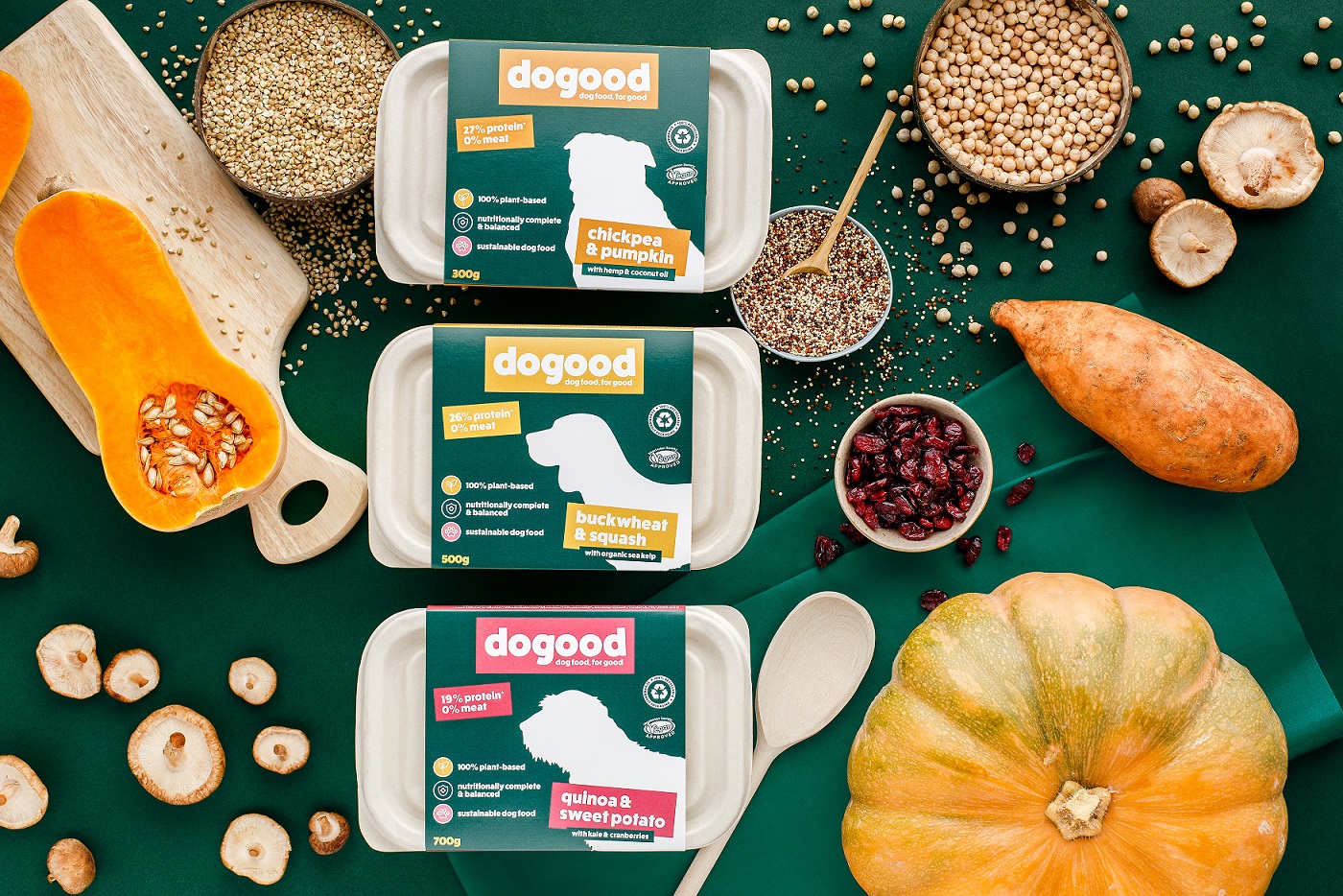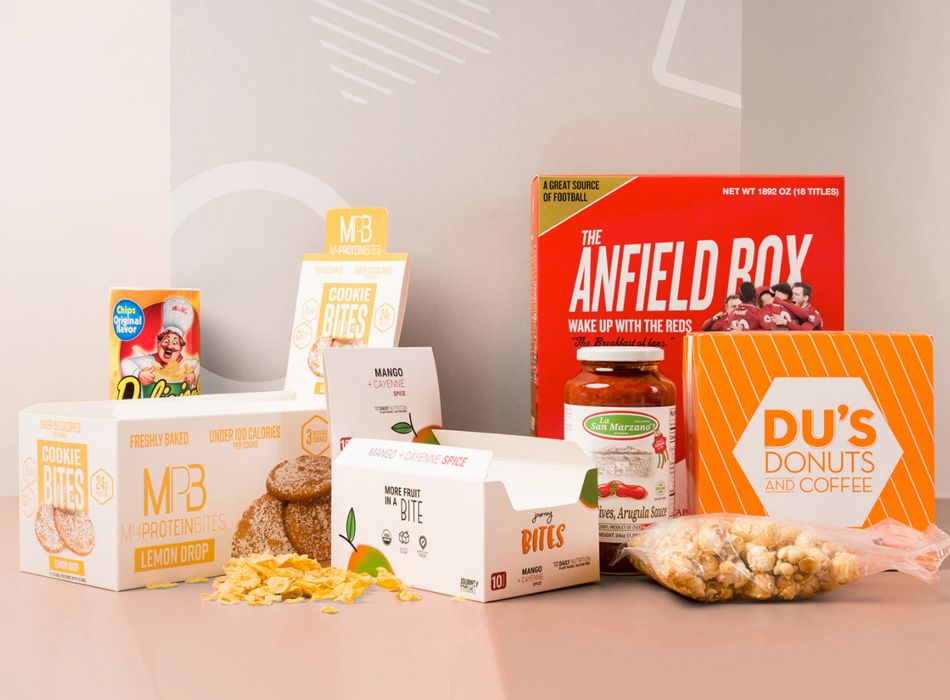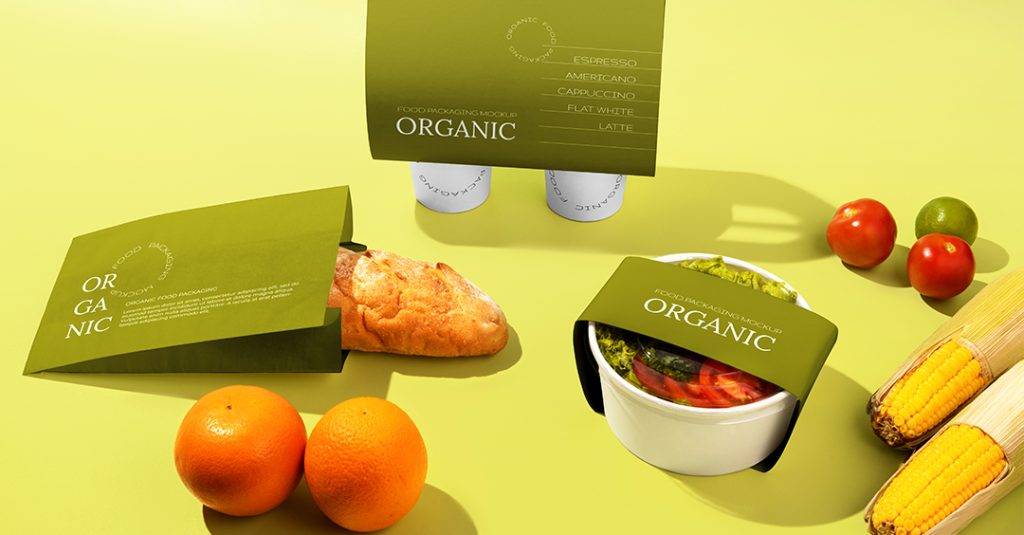In today’s fast-paced world, the demand for safe and reliable packaging is more critical than ever. Catering packaging ink safety is a topic that holds immense importance, especially for those in the food industry. The inks used in packaging must not only be vibrant and appealing but also safe for consumers. Understanding the intricacies of ink safety in catering packaging is essential for maintaining trust and ensuring the well-being of customers.

Why Ink Safety Matters in Catering Packaging
Ink safety is paramount when it comes to packaging, particularly in the catering industry. This is because the ink used can potentially come into contact with food items, posing health risks if not managed properly. The focus on catering packaging ink safety ensures that inks are non-toxic and free from harmful substances. Marketing professionals must be aware of the regulations and standards that govern ink safety to ensure compliance and protect their brand reputation.
Components of Safe Inks
Understanding the components of safe inks is crucial for ensuring catering packaging ink safety. Safe inks are typically composed of ingredients that are non-toxic and do not leach into food products. These inks are often water-based or use vegetable oils, which are considered safer alternatives to traditional solvent-based inks. Additionally, the pigments used in these inks must be food-grade and approved by relevant health authorities.
Regulations Governing Ink Safety
There are several regulations and standards in place to ensure the safety of inks used in catering packaging. For instance, the U.S. Food and Drug Administration (FDA) and the European Food Safety Authority (EFSA) have guidelines that dictate the safety requirements for inks used in food packaging. It is crucial for businesses to stay updated with these regulations to ensure compliance and avoid potential legal issues.
For more detailed insights on regulations, you can visit Food Grade Ink Regulation.
Innovations in Safe Ink Technologies
The field of ink technology is continuously evolving, with new innovations aimed at enhancing catering packaging ink safety. Advances in technology have led to the development of UV-curable inks, which are cured using ultraviolet light and are known for their safety and environmental benefits. These inks do not contain volatile organic compounds (VOCs), making them a safer option for food packaging.
Water-Based Inks
Water-based inks are another innovation that has gained popularity due to their safety and environmental benefits. These inks use water as a solvent, reducing the risk of harmful emissions and ensuring that the packaging is safe for food contact. Water-based inks are also known for their vibrant colors, making them an attractive option for catering packaging.
The Role of Marketing Professionals
Marketing professionals play a crucial role in ensuring catering packaging ink safety. They must be knowledgeable about the inks used in packaging and ensure that they comply with safety standards. Additionally, marketing teams can leverage safe packaging as a selling point, highlighting their commitment to consumer safety and environmental responsibility.
Educating Consumers
One of the key responsibilities of marketing professionals is to educate consumers about the safety measures in place. By providing transparent information about the inks used in packaging, businesses can build trust and enhance their brand reputation. This can be achieved through various marketing channels, including social media, packaging labels, and informative content on the company’s website.
Challenges in Ensuring Ink Safety
While significant strides have been made in improving catering packaging ink safety, there are still challenges that businesses must overcome. One of the main challenges is ensuring that suppliers comply with safety standards. This requires thorough vetting of suppliers and regular audits to ensure compliance.
Supply Chain Management
Effective supply chain management is essential for ensuring ink safety. Businesses must work closely with suppliers to ensure that the inks used in packaging meet safety standards. This includes conducting regular inspections and tests to verify the safety of the inks used.
Cost Implications
Another challenge is the cost implications of using safe inks. While these inks may be more expensive than traditional inks, the investment is worthwhile in the long run. Safe inks not only protect consumers but also enhance brand reputation and reduce the risk of legal issues.
Future Trends in Ink Safety
The future of catering packaging ink safety looks promising, with several trends set to shape the industry. One of the key trends is the increased focus on sustainability, with businesses seeking to use eco-friendly inks that minimize environmental impact. Additionally, advancements in technology are expected to lead to the development of even safer and more efficient inks.
Biodegradable Inks
Biodegradable inks are an exciting development in the field of ink safety. These inks break down naturally, reducing waste and minimizing environmental impact. As more businesses prioritize sustainability, the use of biodegradable inks is expected to increase, contributing to safer and more environmentally friendly packaging.
For more information on sustainable ink options, you can explore Choosing Food Safe Inks.
Conclusion
In conclusion, catering packaging ink safety is a critical aspect of the food industry that requires careful consideration and attention. By understanding the components of safe inks, staying updated with regulations, and leveraging innovations in ink technology, businesses can ensure the safety of their packaging and protect their brand reputation. As the industry continues to evolve, marketing professionals have a vital role to play in promoting safe practices and educating consumers about the importance of ink safety.

FAQs
What makes ink safe for food packaging?
Inks that are safe for food packaging are typically non-toxic, free from harmful chemicals, and comply with regulations set by health authorities such as the FDA and EFSA.
How can businesses ensure ink safety in packaging?
Businesses can ensure ink safety by working with reputable suppliers, conducting regular inspections, and staying updated with the latest regulations and innovations in ink technology.
What are some innovations in ink safety?
Innovations in ink safety include the development of UV-curable inks, water-based inks, and biodegradable inks that offer enhanced safety and environmental benefits.
This article contains affiliate links. We may earn a commission at no extra cost to you.






